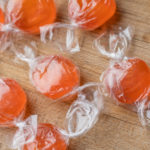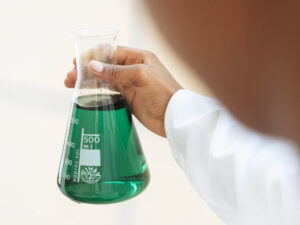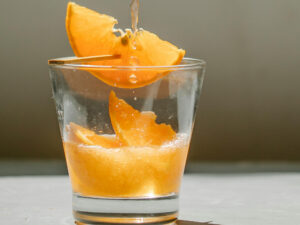What are suspensions and emulsions? Natural colors, like any organic molecule, have diverse solubility characteristics, which are crucial factors when developing solutions for food and beverage applications. Anthocyanins, for example, are typically pink to red in color and are soluble in water, while yellow to orange carotenoids, like beta-carotene and paprika, are naturally soluble in fats and oils.
But what happens when you need a pink color for compound coatings? Or you’ve been asked to reformulate a yellow beverage with a natural color source?
Processing technologies, such as suspensions and emulsions, are the key to expanding the palette of colors possible for such instances.
Oil Dispersible Suspension Technology
The first processing technology is suspension technology. Oil dispersible suspensions utilize processing techniques that convert both fat and water soluble pigments into suspensions that will more easily and evenly blend into a fat/ lipid system without the risk of speckling. It is commonly used to provide product developers with those pink to red shades from anthocyanins, as well as a wider range of browns, yellows, oranges, and purples.
Suspensions of caramel or anthocyanins are commonly used in coatings, fillings, and seasonings while suspensions containing annatto, paprika, or turmeric impart the signature yellows and oranges in snack slurries, processed cheese color, margarines, and spreads.


Water Soluble Emulsion Technology
The second type of processing technology is emulsions. Natural color emulsions are created by converting natural colors from oil soluble forms into water dispersible forms through the use of a high shear homogenizer. Natural color emulsions are typically made from yellow and orange carotenoid sources like beta-carotene and paprika. They perform well in both water or mixed phases, enabling even color distribution across both phases with minimal mixing.
No matter what application you are working with or what your target color is, there is typically a technology to help you achieve it. Have questions on which is the best technology for your application? Get in touch, we’re happy to help.


